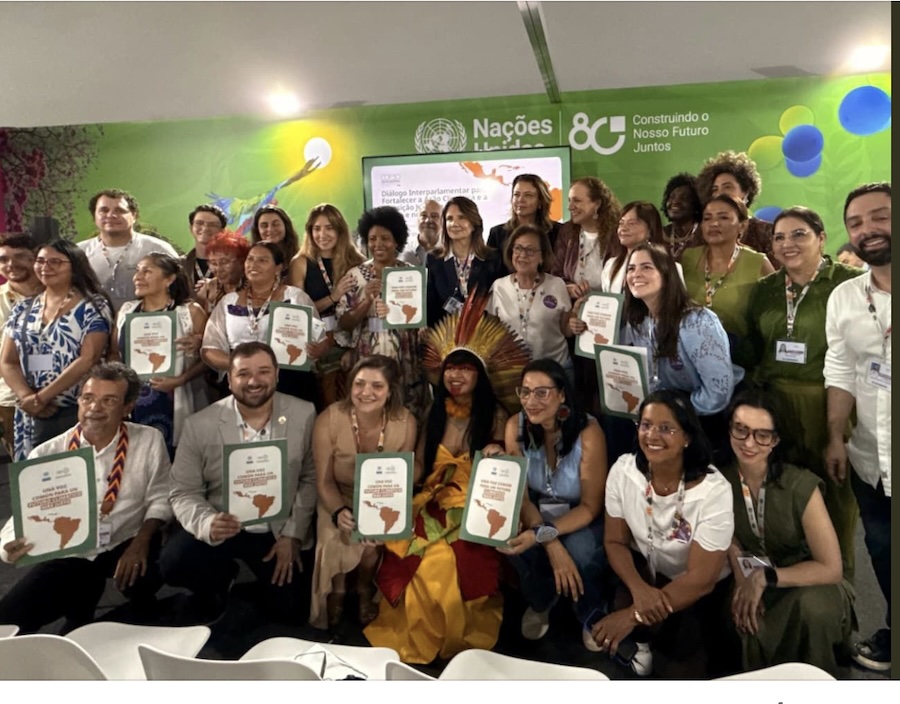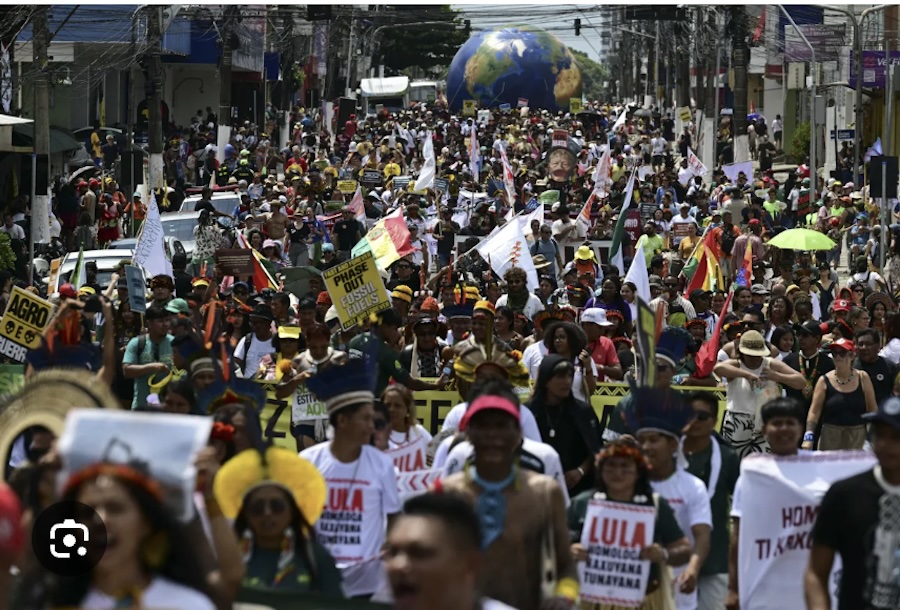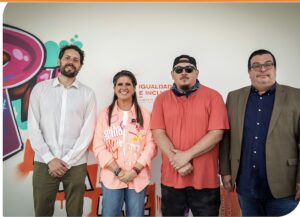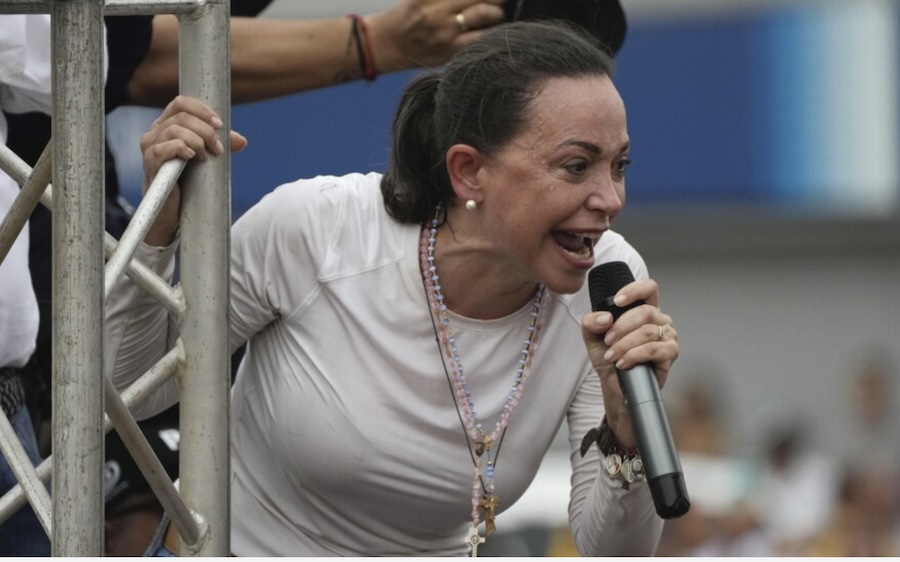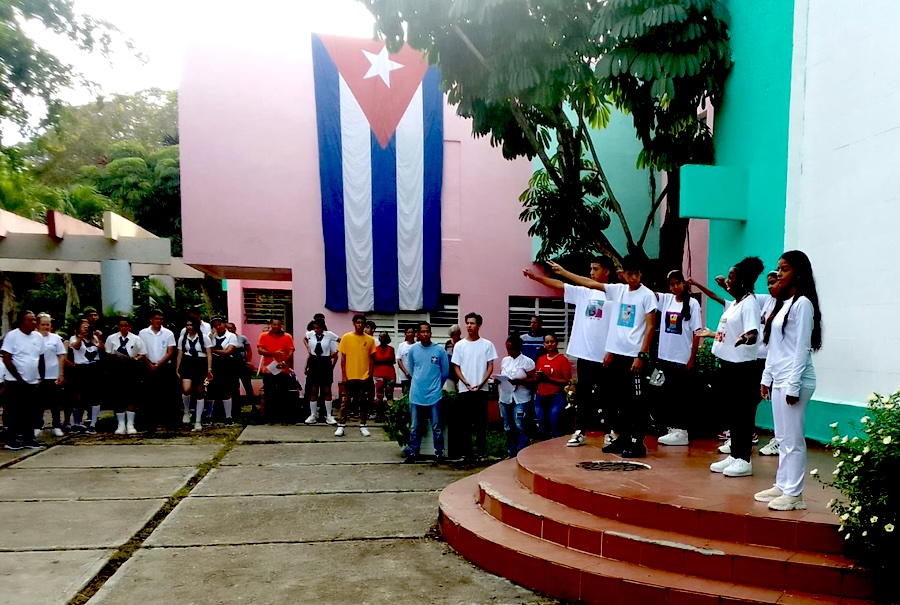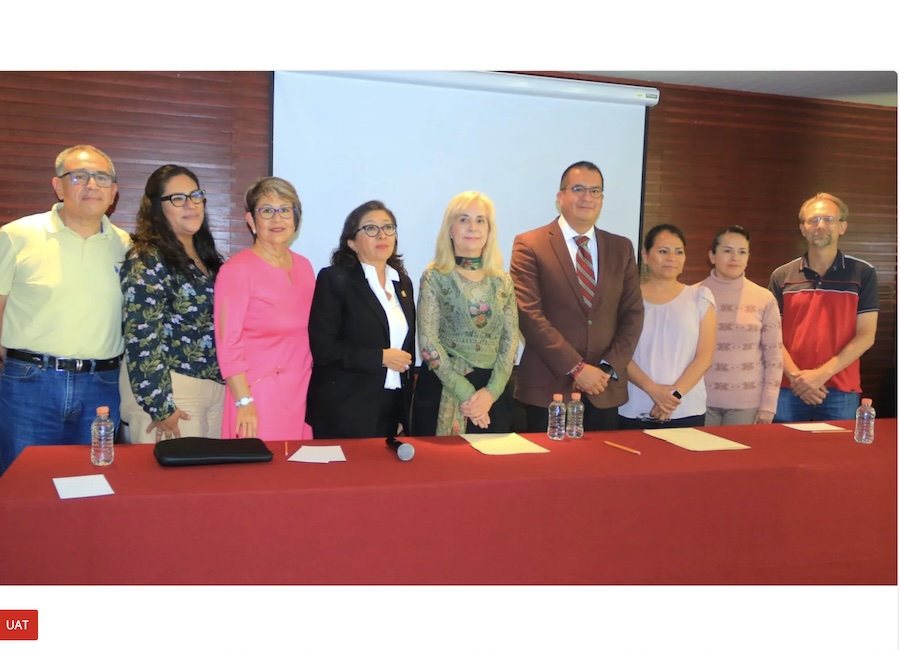. TOLERANCE & SOLIDARITY .
An article from the Sinaloa Congress
November 12, 2025 – The Sinaloa State Congress held an event entitled “Culture of Peace for Sustainable Development: 2030 Agenda in Action,” which consisted of workshops on various topics impacting society, with the participation of young people from different parts of the state.

The event was inaugurated by Representative Tere Guerra, president of the Political Coordination Board of the State Congress, who announced that this activity, organized by the Legislative Branch’s Culture and Arts Commission, seeks to build a path toward sustainable development and peace through culture.
Guerra Ochoa emphasized that culture is not merely an embellishment to development but rather its foundation and essential driving force for achieving its goals, as it fosters identity, facilitates dialogue amidst diversity, and offers tools for resolving conflicts peacefully and with humanism.
The legislator acknowledged that Sinaloa is experiencing complex times and enormous challenges such as climate change, inequality, the economic and social crisis, and violence; however, she also noted the opportunity to rebuild the social fabric through art, education, culture, and collaboration. In this regard, the congresswoman emphasized that this meeting represents a unique opportunity for the youth of Sinaloa to design an action plan that links the Sustainable Development Goals with the local reality, not to meet international targets, but to build a model of coexistence that reflects Sinaloan identity.
(Click here for the original article in Spanish.)
(Article continued in the right column)
Is there progress towards a culture of peace in Mexico?
(Article continued from the left column)
For her part, Congresswoman Sthefany Rea Reátiga, president of the Culture and Arts Committee of the State Congress, reiterated that the 2030 Agenda presents great challenges, including eradicating poverty, guaranteeing equality, and protecting the environment, but beyond the goals and indicators, it offers an ethical vision of the world we want to build.
That is why the legislator invited the young people participating in this meeting to transform these working groups into a laboratory of hope where every voice and every proposal contributes to ensuring that culture inspires transformation and peace guides the sustainable development of Sinaloa.
During the event, Francisco Fajardo Durán, an ambassador for the 2030 Agenda with Acción Universitaria, also participated. He acknowledged the work being done by the State Congress in opening these kinds of spaces, where culture is considered a tool for development and peace.
Fajardo Durán mentioned that in recent years, culture has ceased to be merely an embellishment of development and has become its very heart. He further explained that the topics analyzed in each working group were: social development and well-being, environment and sustainability, economy and labor, cities, communities and governance, as well as cooperation and alliances. These topics were discussed from the perspective of the current situation in Sinaloa, in order to then propose possible solutions.
The meeting included the participation of young mediators who coordinated the working groups and also assisted in the design of the state action plan. They shared the belief that only by uniting voices and efforts can Sinaloa become a benchmark for sustainable development and a true culture of peace.
It is worth mentioning that, in addition to young people, members of parliament and staff from the Legislative Branch were present at the event’s opening.
– – – – – –
If you wish to make a comment on this article, you may write to coordinator@cpnn-world.org with the title “Comment on (name of article)” and we will put your comment on line. Because of the flood of spam, we have discontinued the direct application of comments.
